Explore the Art of Light and Dark in Design
http://decor-ideas.org 09/19/2013 10:40 Decor Ideas
Imagine being in a room painted all black with a single light source coming from above. Your favorite object sits in the center of the room (I'm going to imagine an Eames Lounge Chair here, but you pick what lies dear to your heart). From that single light source, your illuminated object dramatically appears with highlights and cast shadows. This is the idea behind chiaroscuro, an art technique used by artists such as Baglione, Caravaggio and Vermeer in the 16th and 17th centuries.
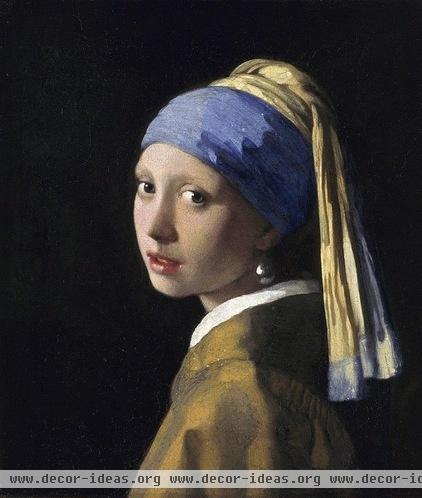
The Italian word for "light and shade," "chiaroscuro" is identified by contrasts affecting an overall composition. Using opposite ends of the light-dark spectrum results in drama, depth and visual interest, as seen here in "Girl with a Pearl Earring," by Johannes Vermeer.
How can we take this two-dimensional idea of defining space on a painted canvas and apply it to the three-dimensional spaces in which we dwell?
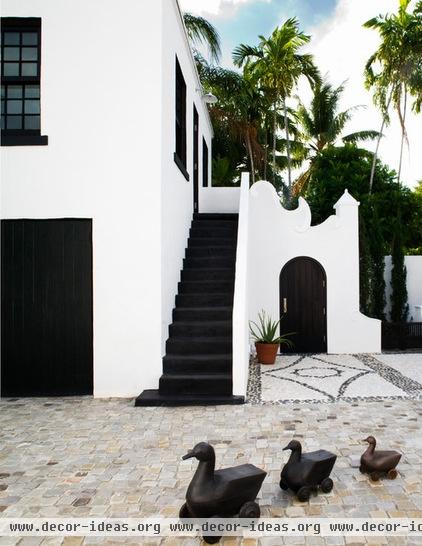
Architectural elements painted black naturally appear recessed, while white areas tend to come forward — one instance of chiaroscuro. Here the dark staircase framed by light-colored walls creates a sense of intrigue about what lies at the top.
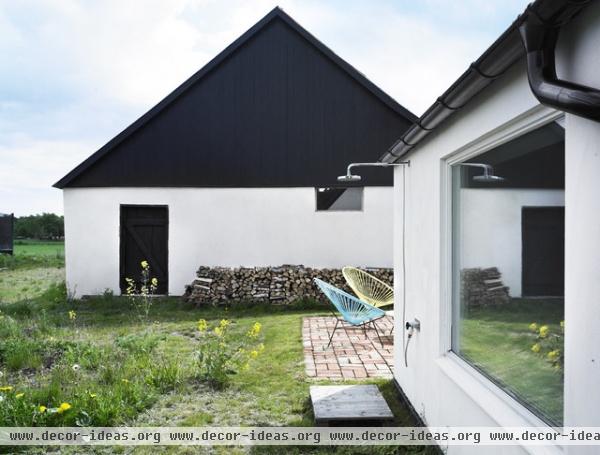
This roofline is pronounced, since the dark color stands out against the light sky. And painting a door black when it sits within a white wall instantly draws attention to it.
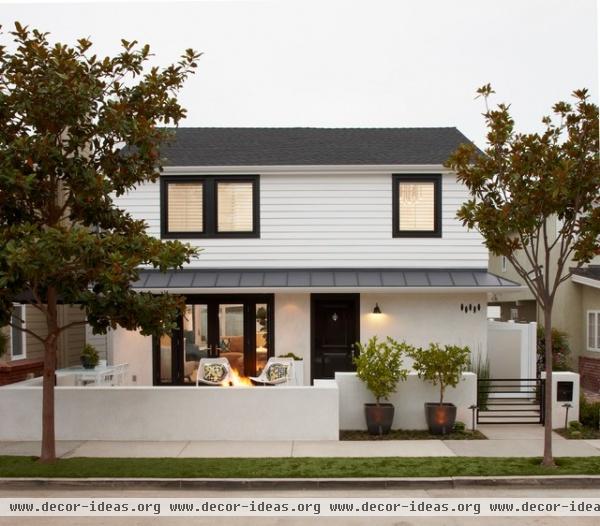
At dusk, when the interiors of a home are illuminated, dark window frames look striking against white walls.
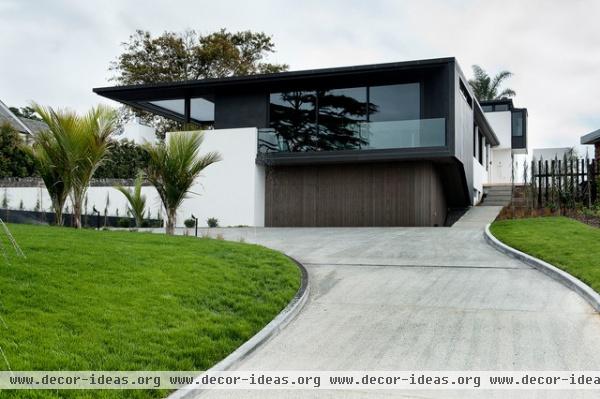
Windows appear dark during the day, due in part to their reflectivity. With the overall dark color on the second level of this home, the windows blend in with the adjacent walls, and the entire upper portion is one uninterrupted space hovering over the lighter base. Dark elements overhead and bright ones below play with visual perceptions of heavy versus light.
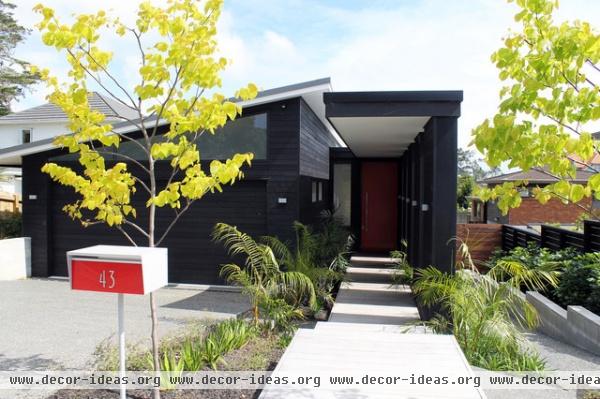
Shadows can provide an additional layer of detail and texture to a dark-colored exterior. Here the shadows help inform the size and repetitive nature of the columns framing the walkway. The distinctive white soffit offers visual directionality to the entry.
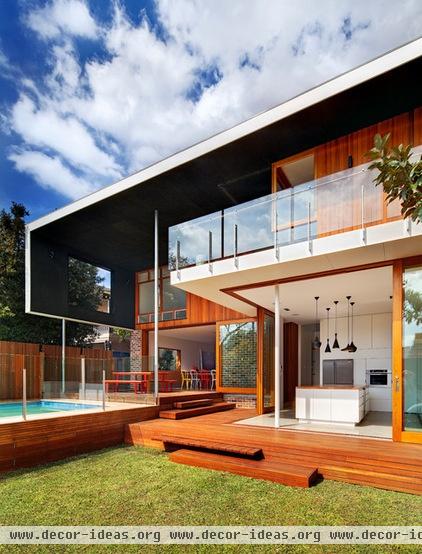
Structures with simple, strong lines and shapes are perfect for applying contrast. The jet-black underside of this roof form is unexpected and feels intimate, since the perceived heaviness of the color brings it closer to the viewer.
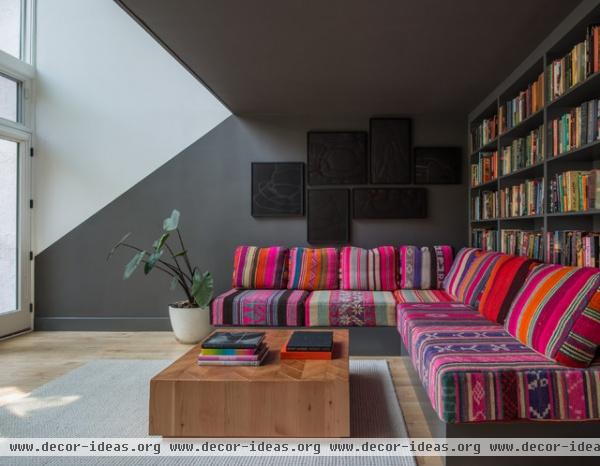
Interiors are great places for chiaroscuro, too, thanks to the ability to harness and play off natural light entering the home. Strong side lighting from double-height windows contrasts with the charcoal-colored painted zones here.
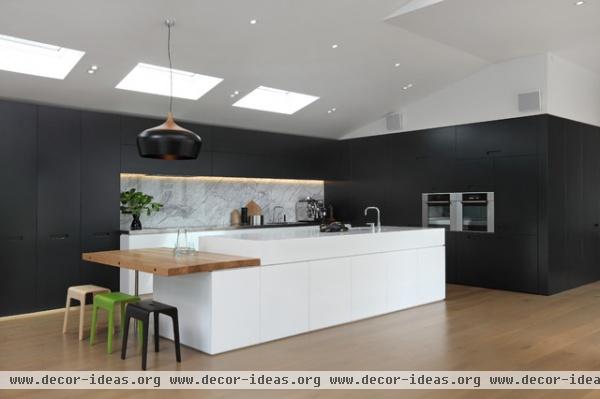
Skylights can carve out areas of bright illumination. Top lighting can have a very intense effect throughout the day due to its location and consistent proximity to the sun. Dark walls further distinguish the brightness around the skylights here.
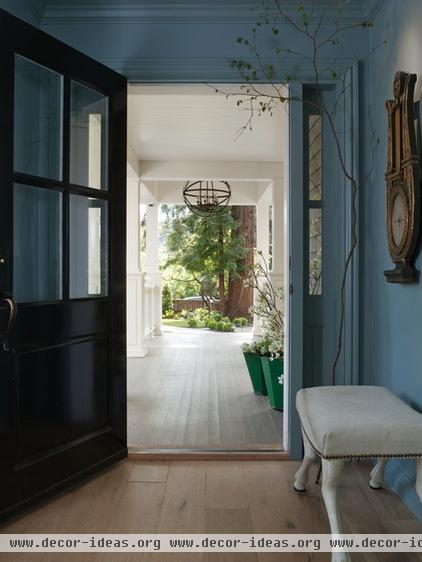
Contrast doesn't have to be just black and white. This deep, subdued blue helps to frame the lighter-toned space beyond.
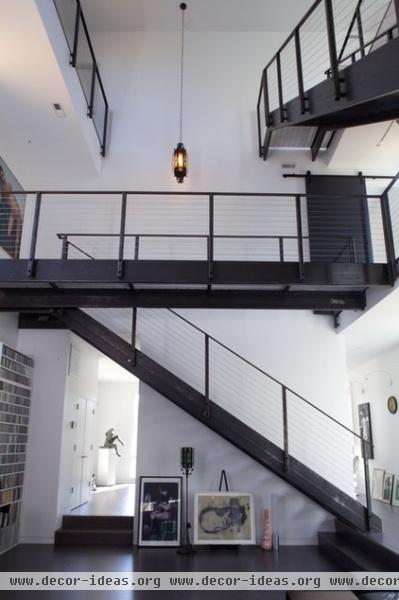
In chiaroscuro paintings artists define objects by exhibiting them against a juxtaposing background color. In architecture these objects can be stairs or light fixtures that stand out against their backdrop.
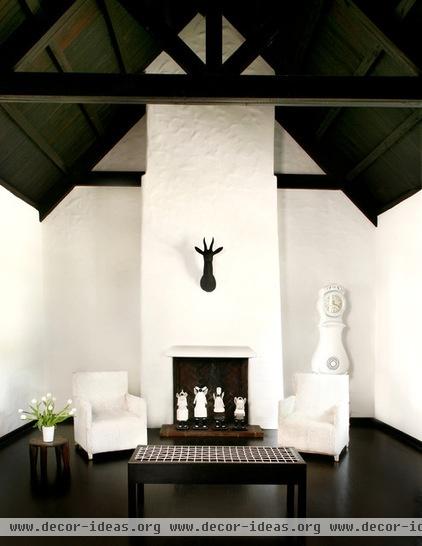
A bold use of dark floors and ceiling will accentuate white walls and furniture. The additional dark elements here, such as the mount and the interior of the fireplace, further exaggerate this contrast.
The beauty of chiaroscuro is that it really can be a black and white issue. Are you ready to add some contrast to your life?
More: In Praise of Shadows
5 Smashing Black and White Homes
Related Articles Recommended












